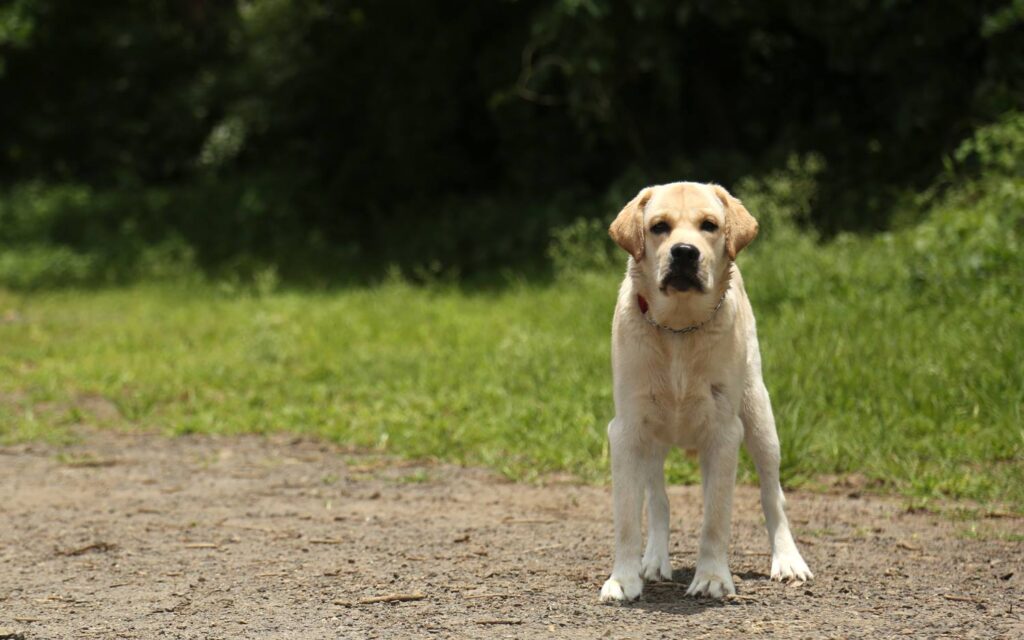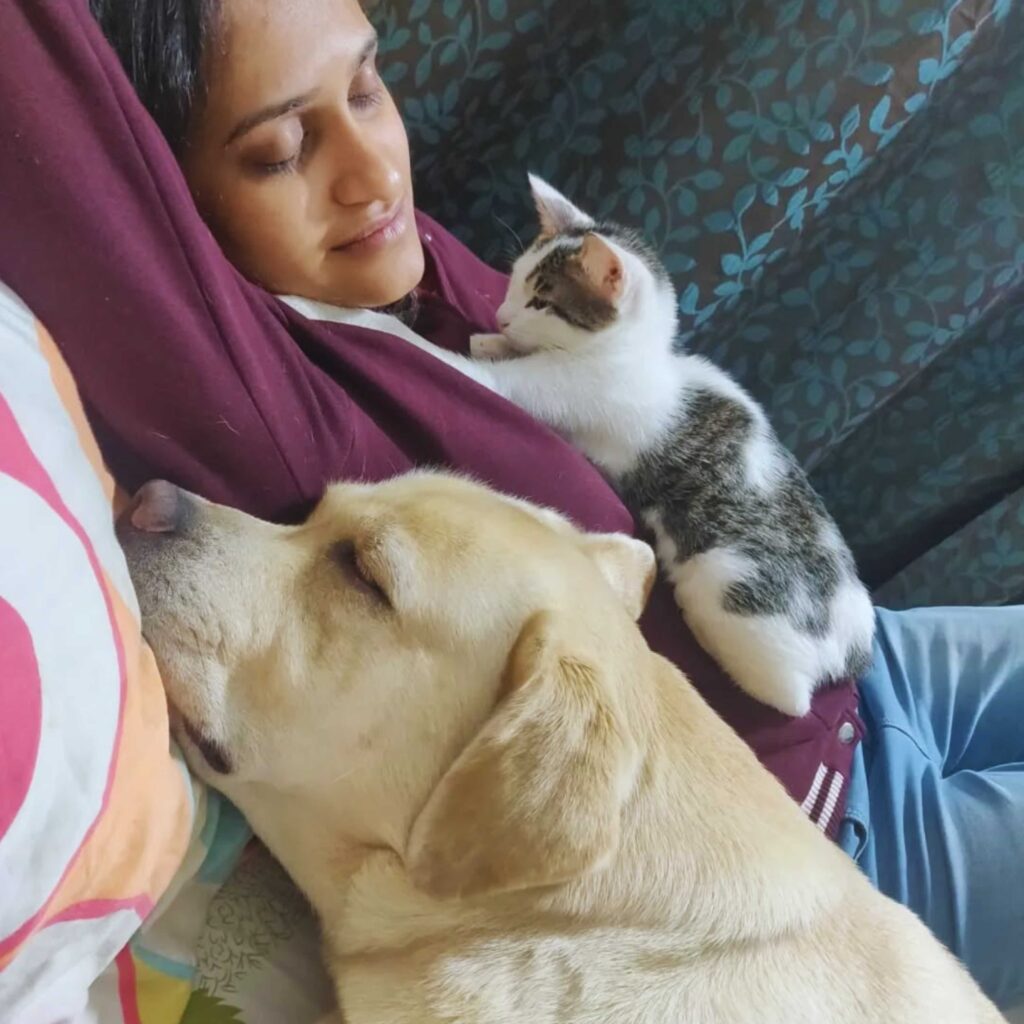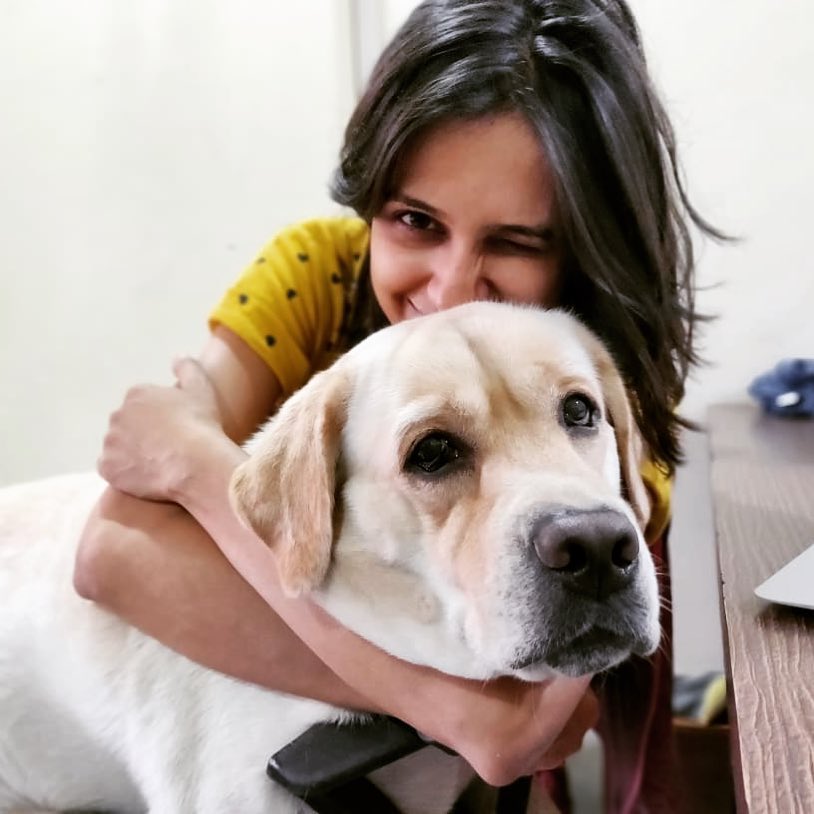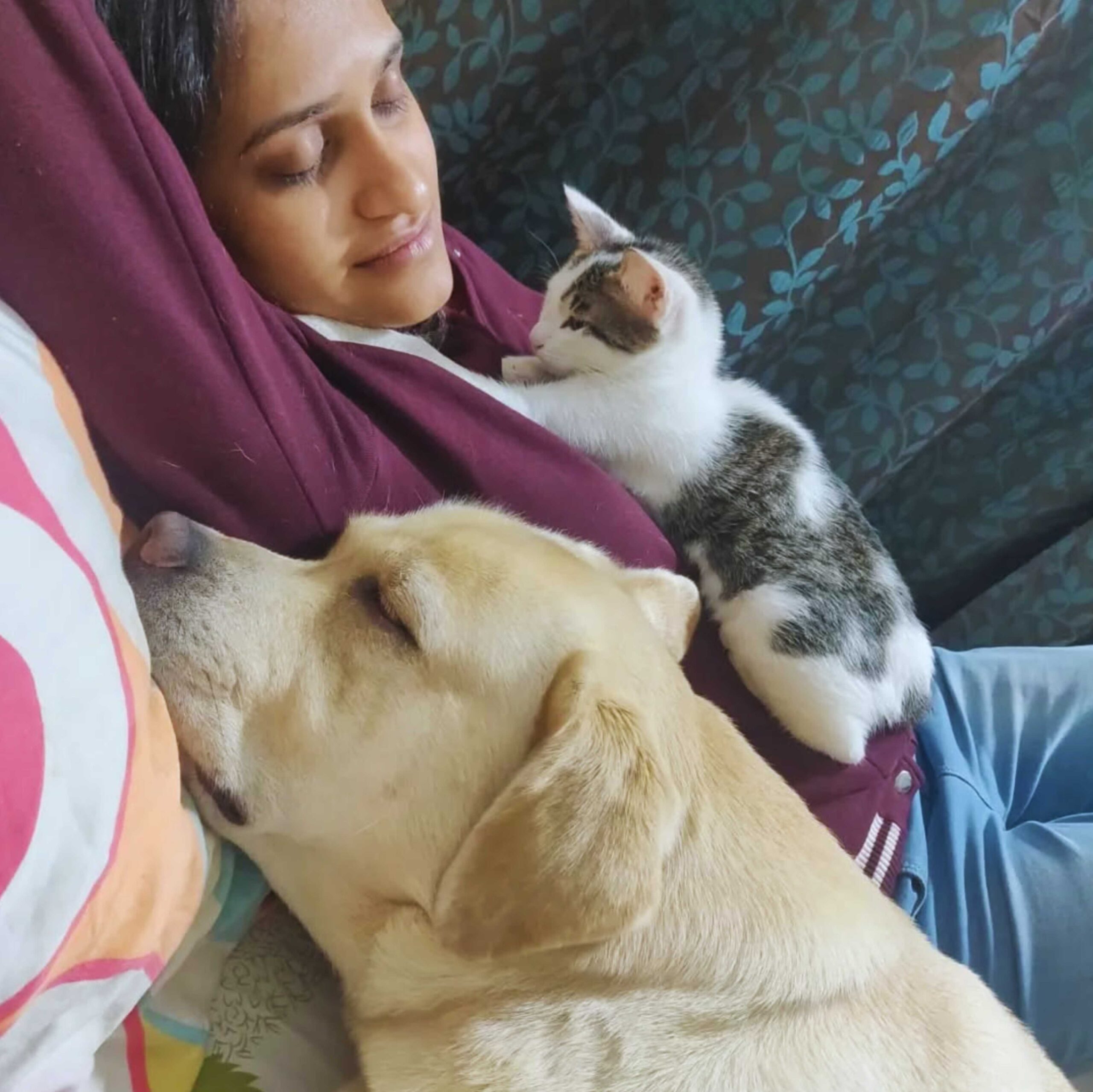When I first thought about getting a dog, I had no idea how much of a life-changing decision it would be. Like most people, I was drawn to the cuteness of puppies and the idea of long walks with a loyal friend by my side. But I quickly learned that choosing the right dog breed isn’t just about looks—it’s about lifestyle, personality, and the kind of life you want to share with your new companion.
Nine years ago (in 2015), I brought home Fido, my Labrador Retriever. I still remember the day. His wagging tail, curious eyes, and the way he immediately claimed a corner of the house made me realize that life was never going to be the same again & it wasn’t.
Looking back, I realize I actually got lucky with Fido. Labs are great family dogs, friendly with strangers, and love being active—exactly what I needed. But not every new pet parent gets that lucky. Some families bring home breeds that don’t fit their energy, living space, or expectations, and that mismatch can lead to frustration for both the human and the dog. In worst cases, dog abandoned
That’s why I want to share what I’ve learned about how to choose the right dog breed—so you can find your version of Fido without guesswork.
1. For Right Dog Breed Match Your Lifestyle, Not Just Your Heart
When you see a cute Husky puppy on Instagram, it’s easy to fall in love. But what those posts don’t show is the hours of exercise, grooming, and patience it takes to raise a Husky.
Think about your daily routine:
- Do you enjoy long outdoor activities, or are you more of a homebody?
- Do you live in a flat or a house with a yard?
- Are you at home most of the time, or do you work long hours?
Fido, for example, loves his long walks and swimming sessions. If I had chosen a breed that needed less exercise, like a Pug or a Shih Tzu, I might have been frustrated with their lower energy levels (No offence! 😛 ). On the flip side I work 12-hour days (Startup Lifestyle), bringing home an hyper active Siberian Huskies would have been unfair to him.

2. Size Does Matter
It’s tempting to think all dogs are just “dogs,” but their size makes a huge difference in how they fit into your life.
- Small Breeds (e.g., Pugs, Dachshunds): Great for apartments and families who don’t have much outdoor space.
- Medium Breeds (e.g., Beagles, Cocker Spaniels): Balanced in terms of activity and space needs.
- Large Breeds (e.g., Labradors, German Shepherds): Need space, exercise, and training.
I didn’t realize how much space a Labrador would take up until Fido grew out of his puppy stage. Suddenly, his bed, food bowls, toys, and his very presence filled the house. If you’re in a compact space, a large breed may feel overwhelming.
3. Consider Dog Breed’s Temperament and Personality
Every breed has its quirks. Labradors like Fido are known for being social and friendly, but that also means he wants to be part of every conversation, dinner, and even Zoom call 😅.
If you’re looking for a protective dog, breeds like Rottweilers or German Shepherds might fit. If you want a calm companion, a Basset Hound could be a good choice. Spend time reading about temperaments, but also, if possible, meet a few dogs of that breed.
I still remember visiting a friend who had a Beagle. Compared to Fido, that dog was a ball of energy, curious about every smell, every corner. Wonderful, but completely different from what I could handle every day.
4. Health and Lifespan
Some breeds are more prone to health problems than others. For example, Bulldogs often face breathing issues, while large breeds like Great Danes usually have shorter lifespans.
Before you choose, read about common health concerns for the breed and whether you’re prepared—emotionally and financially—to deal with them.
With Fido, we’ve faced the typical Lab struggles: weight management and hip concerns as he grew older. Having a vet on speed dial became a part of life, but knowing what to expect made it manageable.
5. Grooming and Maintenance of Dog Breed
Do you mind vacuuming dog hair every day? If not, a Golden Retriever or Labrador could be fine for you. If you prefer less shedding, consider breeds like Poodles or Shih Tzus.
Fido sheds so much that I sometimes joke about knitting a sweater out of his hair. But brushing him regularly has become part of our bonding time ❤️. I still remember, the minute I used to take his comb in hand, he used to run behind me like a crazy lover 😅.
6. Family Compatibility
If you have kids, elderly family members, or other pets, the breed choice matters.
- Kid-friendly dog breeds – Labradors, Golden Retrievers, Beagles.
- Low patience dog breeds – Chihuahuas or Terriers may be less tolerant of rough handling.
Fido has grown up alongside kids in the neighborhood, and he’s patient enough to let them pull his ears or share their snacks. He was patient enough to share his kingdom with a new Cat. That patience is a Labrador thing, but not all breeds are the same.

7. Adopt or Shop?
One last thing: don’t forget adoption. Many wonderful dogs are waiting for homes in shelters. Even if you want a particular breed, breed-specific rescues often exist. The joy of giving a dog a second chance is unmatched.
Final Thoughts
Choosing the right dog breed isn’t about picking the cutest puppy in the litter. It’s about finding a companion whose needs and personality fit your lifestyle. Whether you’re active, laid back, or somewhere in between, there’s a breed—or even better, a mixed breed—that’s right for you.
For me, that dog was Fido. He’s been my partner in every adventure, my reason to get outside on lazy days, and the one who taught me what unconditional love looks like. If you’re wondering how to choose the right dog breed, think not just about today, but about the years of life and love you’ll share.
Because at the end of the day, you’re not just choosing a dog breed. You’re choosing family. Here are Top 6 Mistakes First Time Pet Parents Make
FAQs: Choosing the Right Dog Breed
1. What’s the best dog breed for first-time owners in India?
Breeds like Labradors, Beagles, and Indies are great for beginners because they are adaptable, friendly, and relatively easier to train.
2. Are small dogs easier to manage than large dogs?
Not always. While small dogs take up less space, some breeds like Dachshunds or Terriers have high energy and need a lot of attention.
3. Do Labradors really shed a lot?
Yes, they do. Don’t be fooled by their short coat—Labs like Fido shed year-round, especially in warm climates.
4. Should I buy a dog or adopt one?
It depends on your preference, but adoption is always a noble choice. Indie dogs are resilient, healthier in Indian conditions, and make wonderful companions.
5. How do I know if a breed suits my family?
Think about your home space, your daily routine, and the age of family members. Active families with kids might love a Lab or Golden Retriever, while senior citizens may prefer a calmer breed like a Shih Tzu.

Hi, I’m Sneha Mutha, lifelong animal lover and founder of The First Paw 🐾. My Labrador Fido first walked into my life and changed it forever. Now, I’m on a mission to guide other pet parents through this confusing but beautiful journey — from essentials and training to travel and heartwarming stories. When I’m not writing, you’ll find me petting every animal I meet (except lizards 😅)
“I’m here to walk beside you as you discover the beautiful chaos of pet parenting.”

